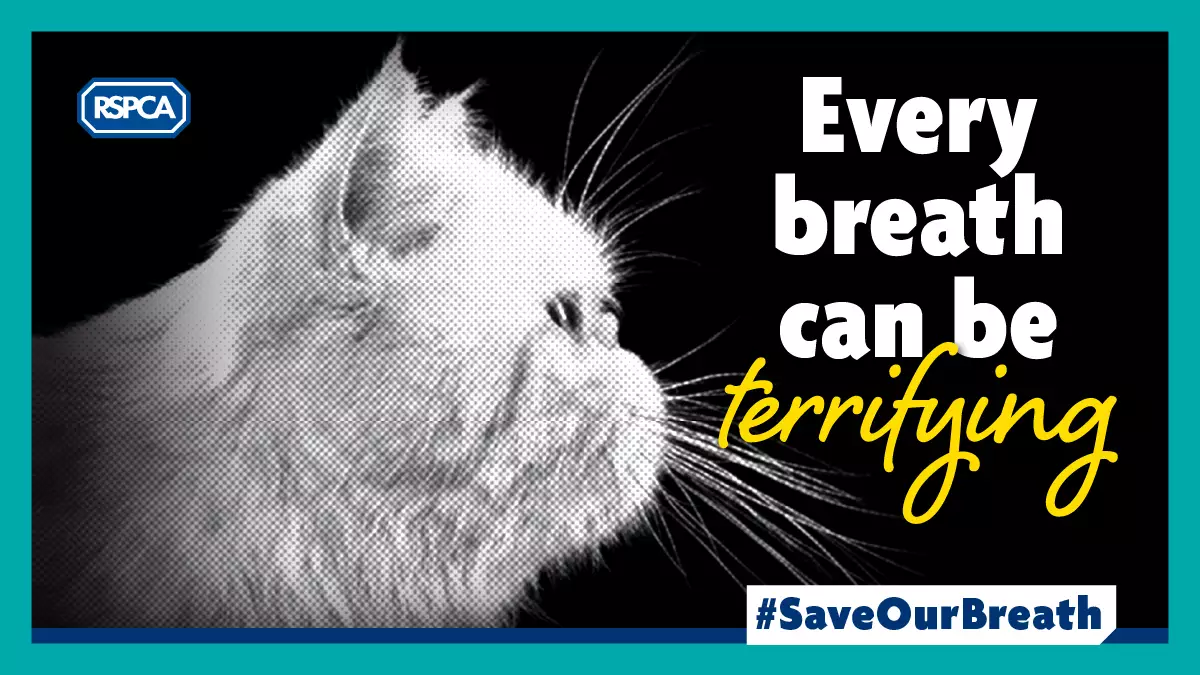The allure of flat-faced cats, particularly Persian and British Shorthair breeds, has surged significantly in recent years, resulting in concerning consequences for their health and well-being. A staggering 92% increase in the number of Persians arriving at RSPCA’s care facilities between 2018 and 2022 illuminates the dire situation as the social media ‘cat craze’ intensifies. The growing popularity of these breeds, largely driven by their perceived cuteness and appeal in advertising, synergizes with alarming health issues tied to their physical traits. As caretakers of these animals, fostering awareness and demanding better breeding practices is imperative for ensuring their welfare.
Flat-faced cats, commonly referred to as brachycephalic breeds, encounter a myriad of health challenges primarily due to their distinctive facial structure. This bone structure can lead to serious conditions like Brachycephalic Obstructive Airway Syndrome (BOAS), which significantly compromises their ability to breathe. Beyond respiratory constraints, brachycephalic cats are susceptible to eye ailments, difficulties in grooming, and complications during childbirth. For instance, research from the Governing Council of the Cat Fancy (GCCF) reveals a 66% increase in British Shorthair registrations in the past decade, indicating a troubling trend in breeding practices that prioritize aesthetics over health.
Alice Potter, a cat welfare expert from the RSPCA, emphasizes the troubling dynamics of breeding practices, stating, “Breeding for features which compromise basic health and welfare is wrong.” Unfortunately, this reflection on breeding ethics indicates a fundamental misunderstanding among potential cat owners, whereby the appeal of flattened faces overshadows the serious health implications that accompany such traits. This disconnect complicates domestic life for many of these cats, who struggle with basic functions essential to their quality of life.
The experiences of individual cats like Darius, Molly, and Heathcliff offer poignant illustrations of the challenges faced by brachycephalic felines. Darius, abandoned and severely underweight, was brought into RSPCA care with matted fur and severe breathing difficulties. Upon examination, it became apparent that Darius’s struggles stemmed not from infection but from the anatomical factors associated with his breed. While he may exhibit playful behavior at times, his compromised respiratory function necessitates ongoing care and attention from his foster family.
Similarly, seven-year-old Molly also faces significant health issues; her raspy breathing and repeated eye problems depict the toll of her brachycephalic features. Her story further underscores the pressing need for a deeper understanding of breed-specific welfare, as her adoption will require conscious consideration for her unique grooming and dietary needs. In the same context, her companion Heathcliff, despite his advanced age, continually seeks new play experiences, showing that age does not mitigate the enjoyability of life, yet it does demand tailored care plans.
The narratives of felines like Darius, Molly, and Heathcliff draw attention to the urgent necessity for change within the breeding community. The RSPCA’s “Save Our Breath” campaign serves as a critical pivot toward educating the public and engaging lawmakers on the topic of brachycephalic health struggles. By encouraging responsible ownership and vocal advocacy, society can foster a breeding culture that prioritizes health over superficial characteristics.
Engagement with local MPs becomes a vital aspect of this mission—a call to action that aligns public sentiment against harmful breeding practices with legislative efforts to ensure the welfare of beloved pets. As awareness spreads, it becomes clear that societal pressure toward ethical breeding can lead to improved outcomes for future generations of cats.
The 92% increase in flat-faced cats entering the RSPCA’s custody is more than just a statistic; it is a critical call to action for pet owners, breeders, and animal welfare advocates alike. The collective responsibility to address the health concerns of these animals requires not only immediate attention but also a commitment to changing the narrative surrounding their desirability. By fostering a community that values health, welfare, and education above the superficial allure of brachycephalic features, we can aspire to create a future where cats like Darius, Molly, and Heathcliff lead rich, fulfilling lives unmarred by health complications.
